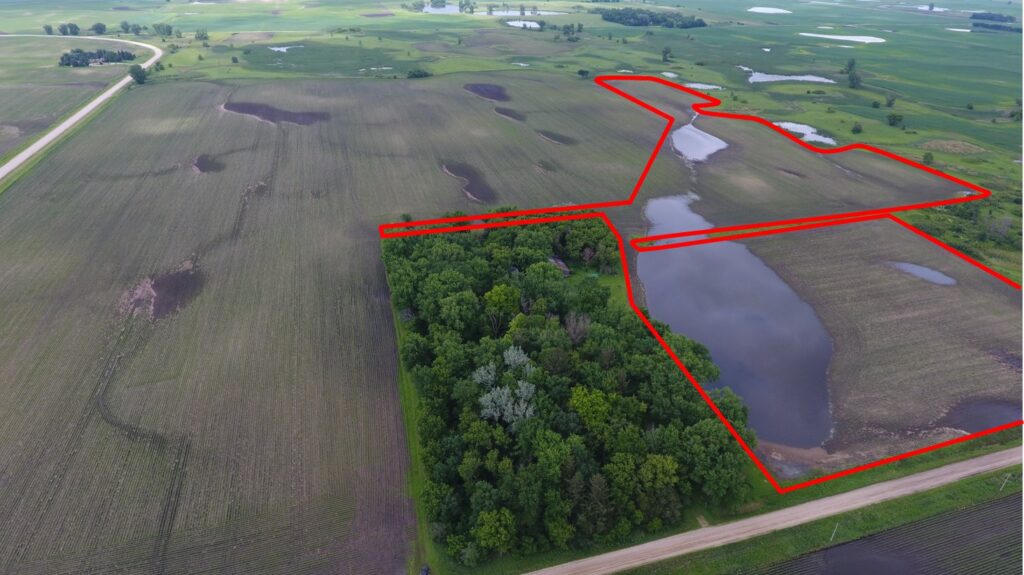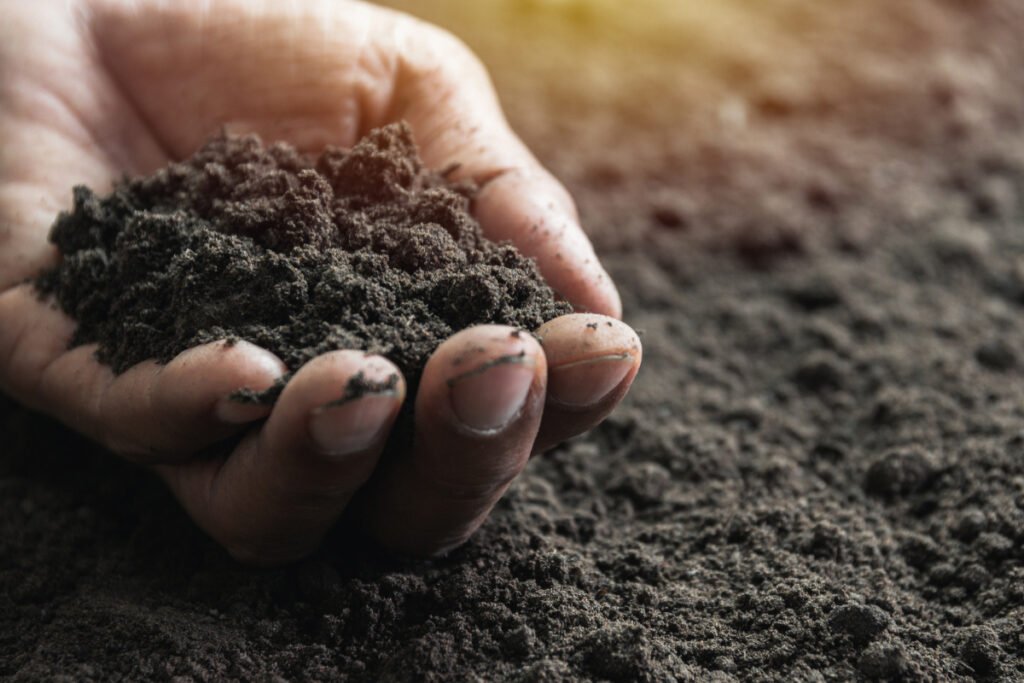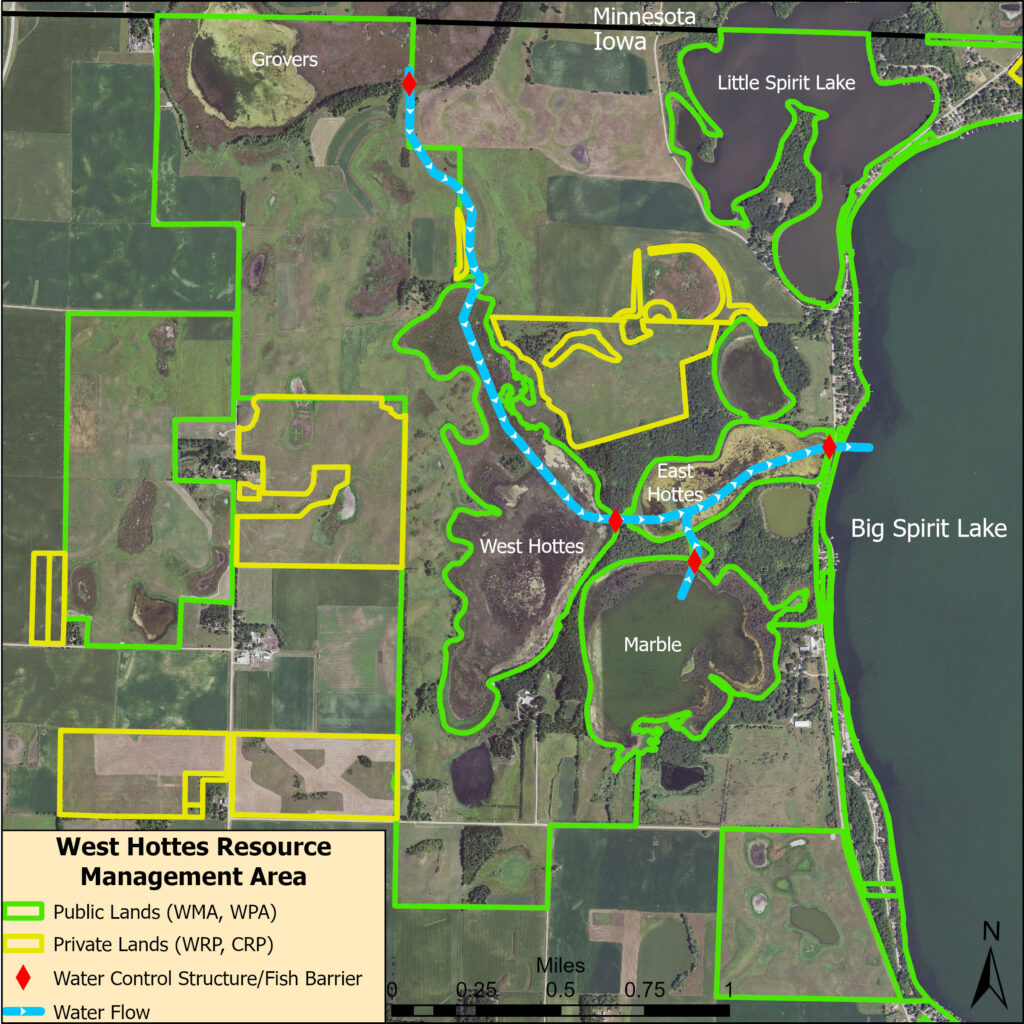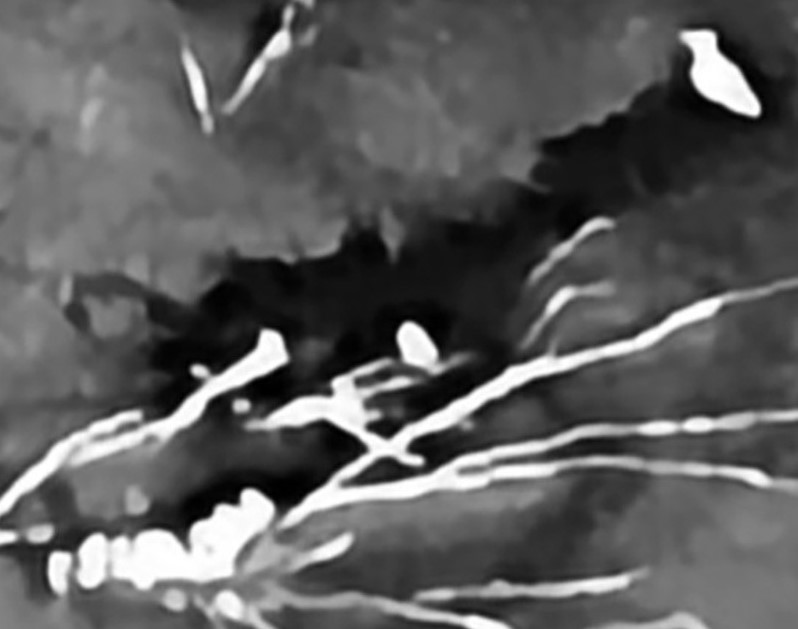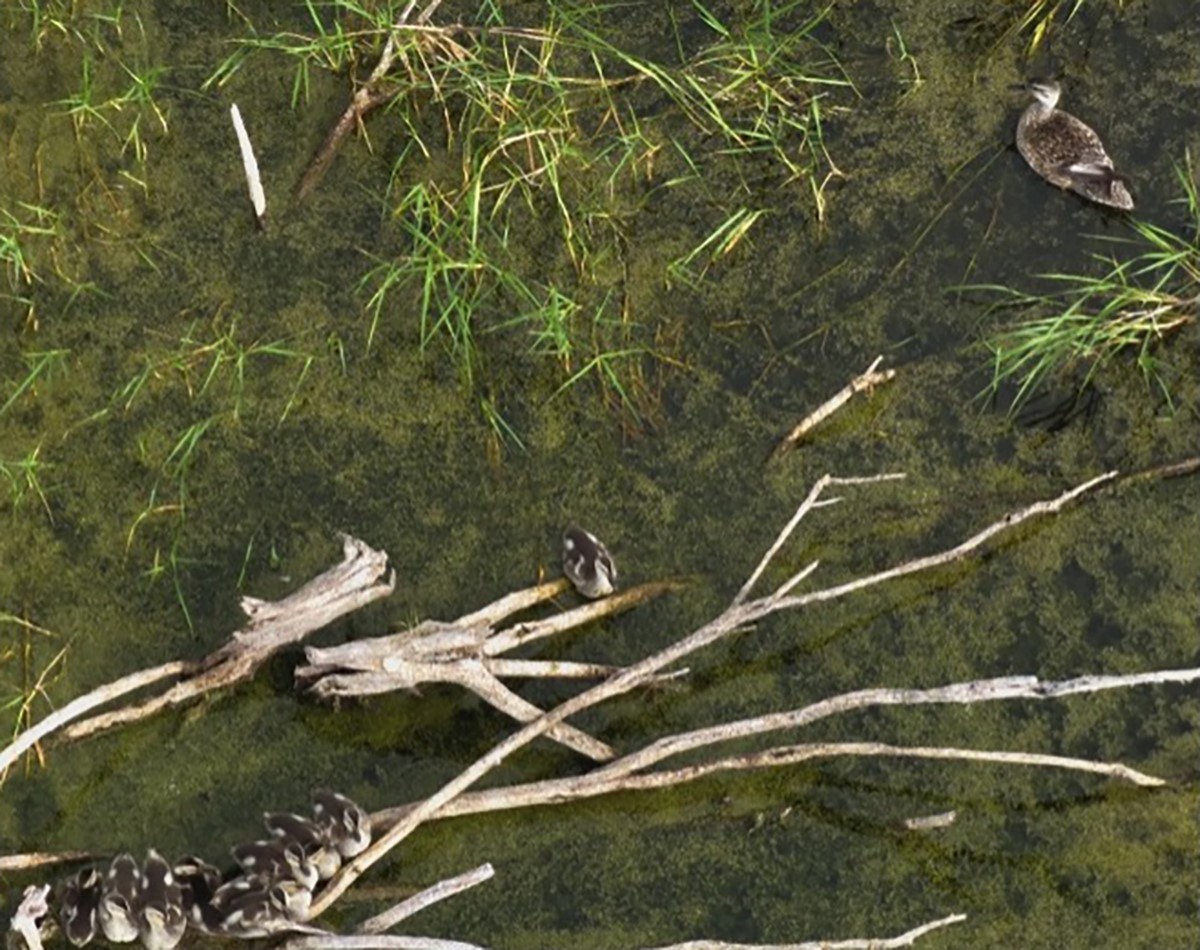2023 Annual Report
The past year has been a time of transition and change for the Joint Venture, yet we remain committed and optimistic about the future of the Prairie Pothole Region. I was excited to be hired as coordinator in April 2023 but anxious to be stepping into the shoes of previous coordinators like Sean Fields. On his way to retirement, Sean reflected on the fact that many conservation themes from decades past are still pertinent today. Themes such as “agriculture and breeding bird conservation are compatible” continue to guide our work but we are adding new themes as well, like “healthy upland habitat provides clean water for communities” and “regenerative grazing mitigates climate change”.
With these themes in mind, the Joint Venture is adding new tools and contemporary messaging to get the biggest bang for our conservation investments while ensuring that the beneficiaries of conservation – all of us – are also seeing a big return. The body of work presented in this Report highlights the forward-looking approach of the Joint Venture and our partners. We are thinking outside the box, employing innovative techniques, and working with new partners to tackle the challenge of continued habitat loss.
We hope you enjoy the following stories of ground-breaking work and that the dedication and passion found within these stories inspire you in your own conservation efforts.
— Lauri Hanauska-Brown, PPJV Coordinator
We offer a special thanks to ConocoPhillips, who generously contributed funding to this and many other Joint Ventures again this year. Their contribution to the Prairie Pothole Region resulted in eleven agreements between the USFWS South Dakota Partners for Fish and Wildlife program and private landowners. These agreements led to grassland restoration on 893 acres and grazing management on 1,136 acres. In total, 91% of the acres were on USFWS perpetual easement tracts and the ConocoPhillips dollars were matched 1:1 by landowner cash and contributions.
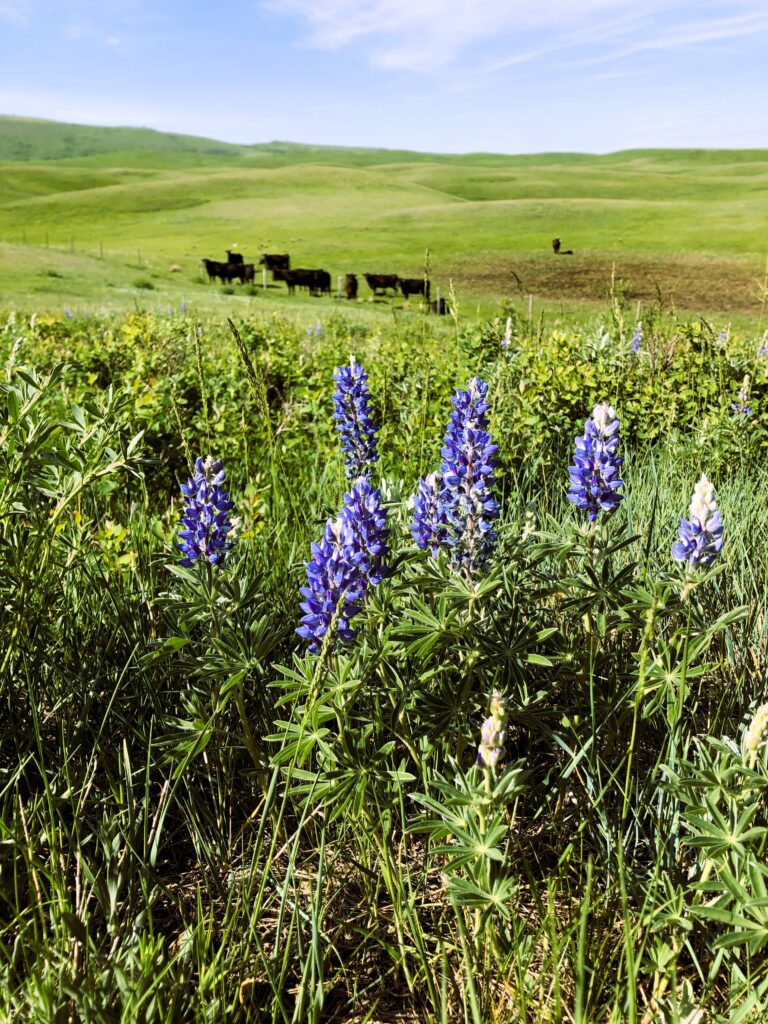
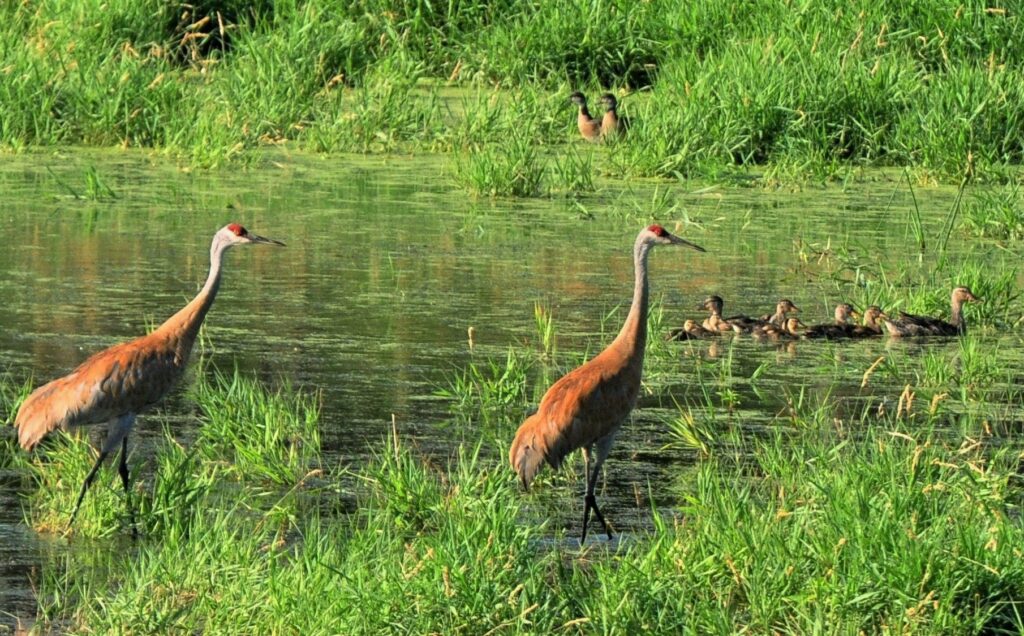
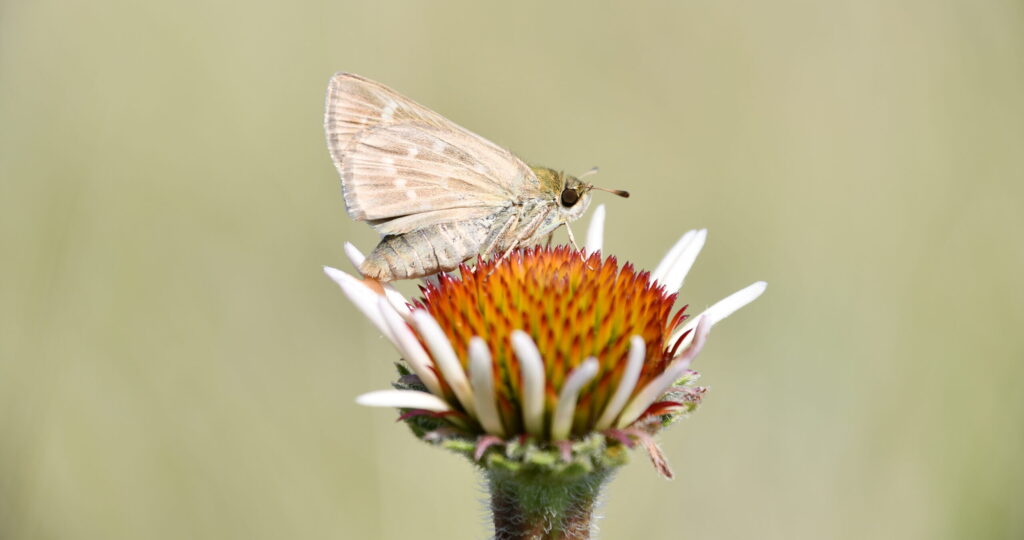
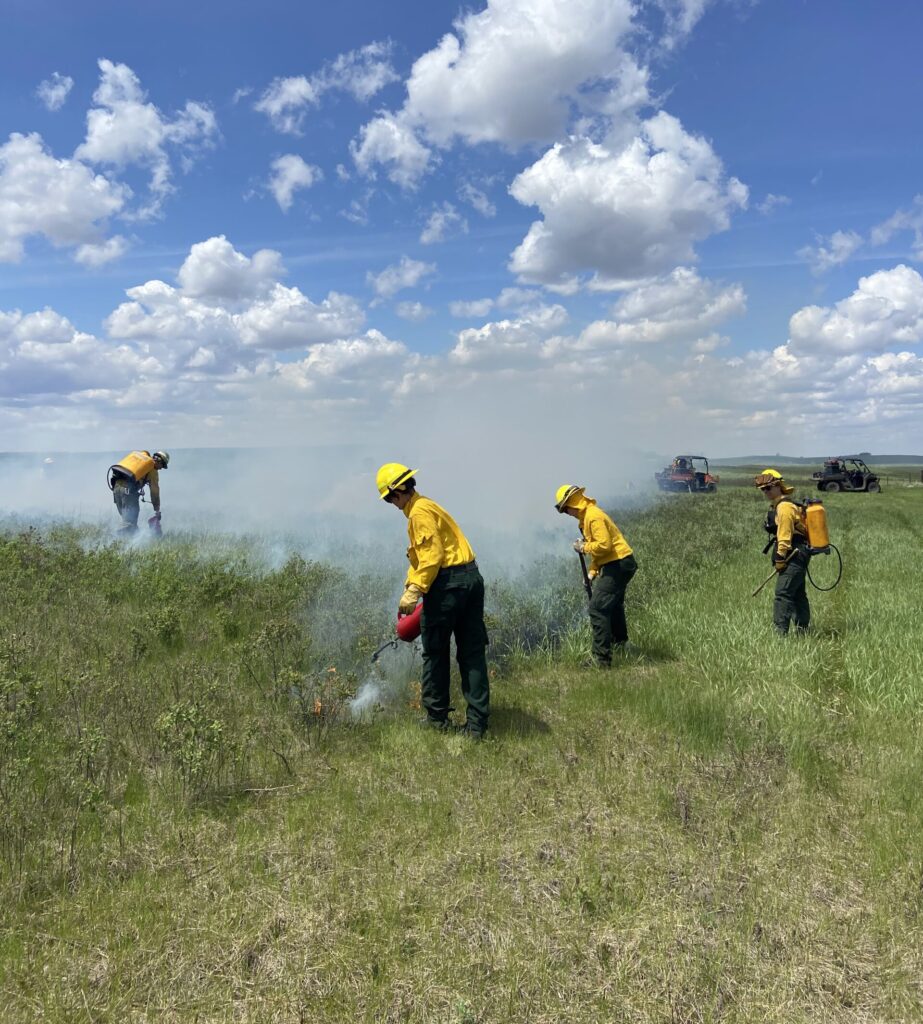
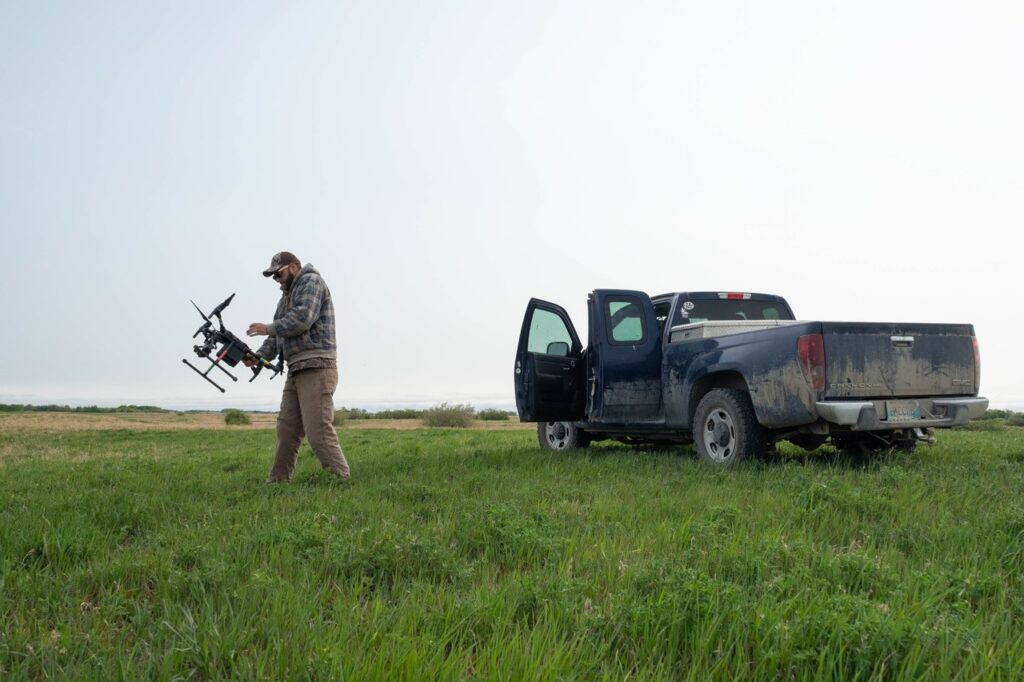
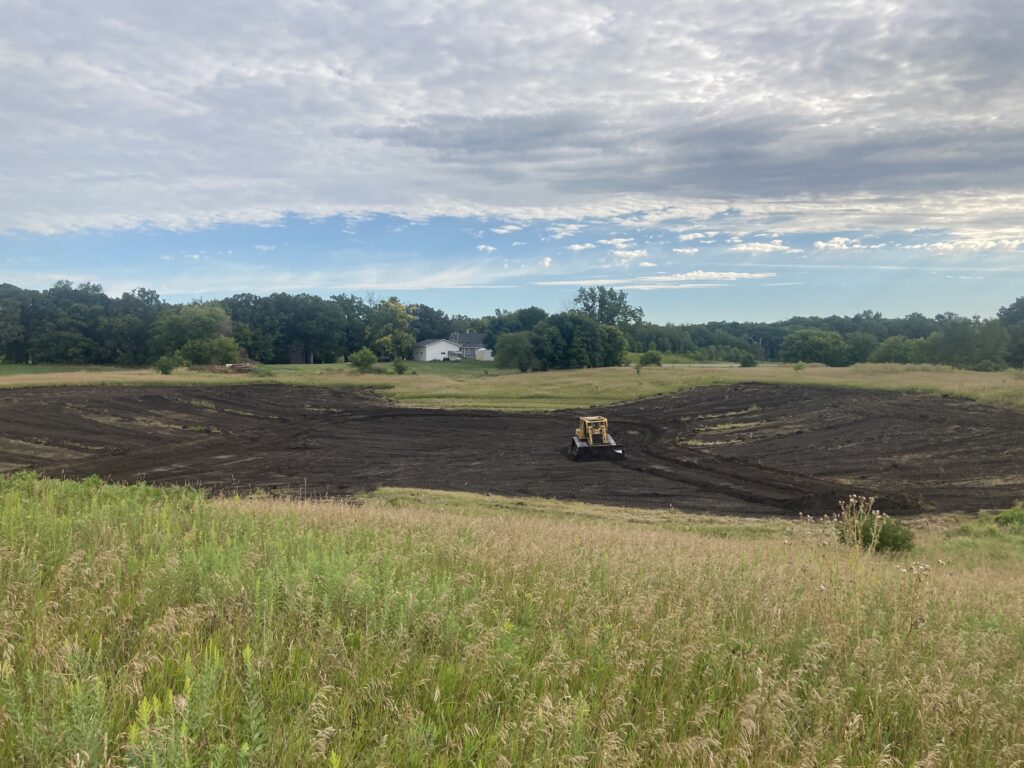
“Never doubt that a small group of thoughtful, committed citizens can change the world; indeed, it’s the only thing that ever has.”
— Margaret Mead

